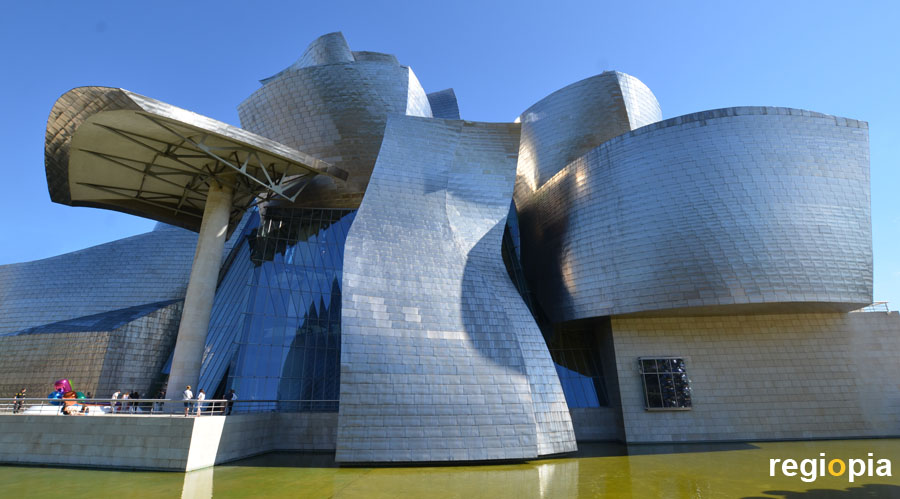
Guggenheim Museum Bilbao
The Guggenheim Museum is Bilbao's most famous landmark. The Salomon Guggenheim Foundation commissioned Frank O. Gehry in 1993 to plan the museum. At that time, Frank O. Gehry had only realized smaller structures that caused a sensation in the specialist world due to their idiosyncratic design language. Bilbao had just lost its steel and shipyard industry and needed an icon symbolizing the shift from the gray industrial city to a modern service metropolis. Due to the demolition of the shipyards large areas were opened directly on the river Ria del Nervion O de Bilbao. Gehry designed curved steel elements that, together with large glass surfaces, gave rise to a deconstructionist architecture that made Bilbao known overnight. Since then many cities have been trying to replicate the Bilbao effect through stunning architecture. Since its opening in 1997, the Guggenheim Museum has become a worldwide phenomenon. Behind the individual metal fragments hide the exhibition rooms. The atrium is in the middle and is glazed. The Museo Guggenheim in Bilbao shows modern and contemporary art.
The Salomon R. Guggenheim Foundation, headquartered in New York City, has other museums in New York and Venice, Italy.
Other buildings by Frank O. Gehry:
Walt Disney Concert Hall Los Angeles MoPop Seattle Fondation Luis Vuitton Paris Siedlung Goldstein Frankfurt Gehry Tower Hannover 8 Spruce Street NYC
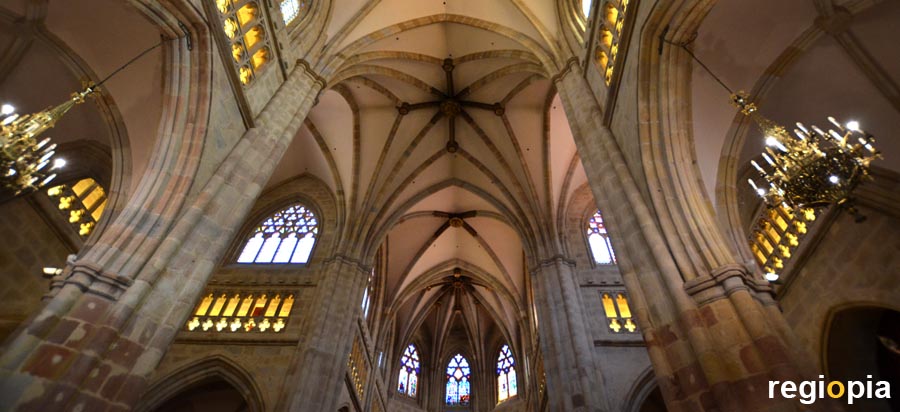
Catedral de Santiago
The Cathedral of Bilbao is located in the old town of Casco Viejo. The Gothic nave from the 14th century was expanded in 1890 by a neo-Gothic bell tower. Due to fires and floods, the Catedral de Santiago (St. James Cathedral) was repeatedly damaged, making the three-nave interior for a Catholic church rather simple. Nevertheless, the Cathedral of Bilbao is worth seeing. The cathedral is also located on the Way of St. James, which is symbolized by a scallop on the facade.
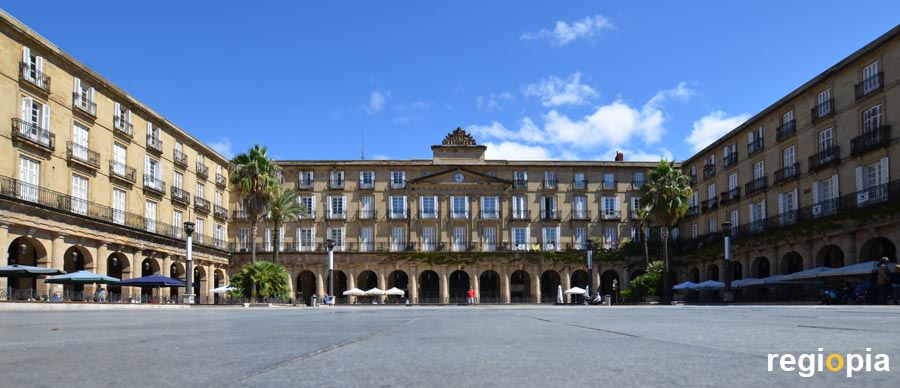
Plaza Nueva
Plaza Nueva or Plaza Barria is the main square of Bilbao. Like the Plaza Mayor in Madrid or the Plaça Reial in Barcelona, the Plaza Nueva in Bilbao is also a demonstration of Spanish urban architecture. After the government of the Province of Biscay (Spanish Vizcaya) had moved in 1890 a new building, the old buildings were demolished and created the Plaza Nueva. Uniform façades with arcades on the ground floor give the square a unified look. The arcades are mostly tapas bars, restaurants and delis. As a result, the Plaza Nueva is very busy, especially in the evening. You can go from one bar to the next and try the delicious pintxos everywhere. On Sundays, a flea market takes place on the square.
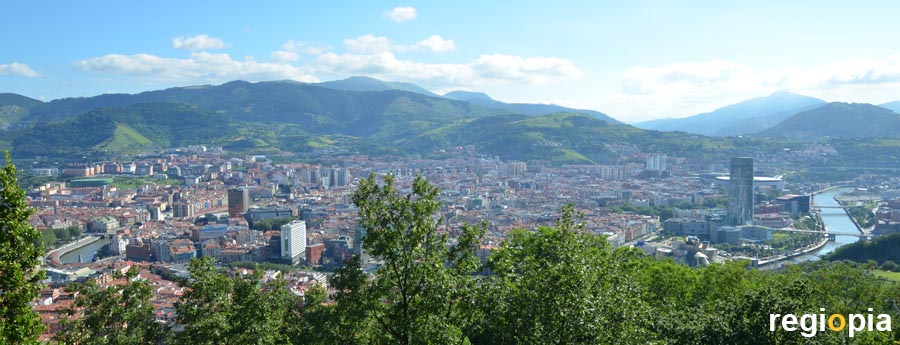
Mirador del Monte Artxanda
The best view of Bilbao and the surrounding area is from the 300 m high Mirador del Monte Artxanda. With the Funicular de Artxanda (funicular) you can quickly reach the observation deck. The cable car was built in 1915 and can be used with the Barik Card (Rechargeable Card for Public Transport). The valley station is located in the district of Castanos on the Funikularreko Plaza. On the Monte Artxanda it is a small park and several restaurants reminiscent of Swiss mountain huts.
ads
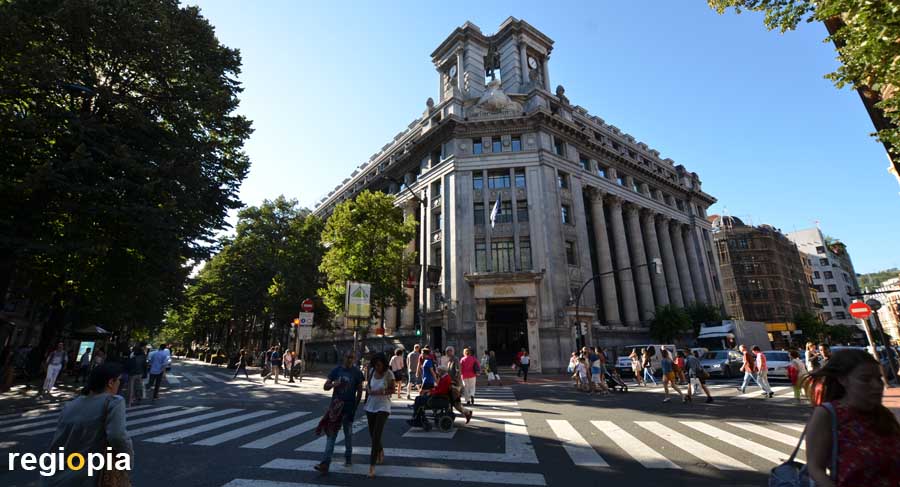
Gran Via
The Gan Via is the main shopping street of Bilbao. Officially, the street is called Don Diego Lopez Haroko Kale Nagusia. Don Diego Lopez Haroko was the Count of Biscay (Senorio de Vizkaya), a region that corresponds approximately to today's Basque Country. He lived from 1250 to 1310 and was a great patron of the city of Bilbao. Through tax privileges he turned the fishing village into a trading city. The Gran Via cuts diagonally through the city extension on the left bank of the Ria de Bilbao. On the Gran Via are magnificent commercial palaces, here you will find international fashion shops and the department store El Corte Inglés.
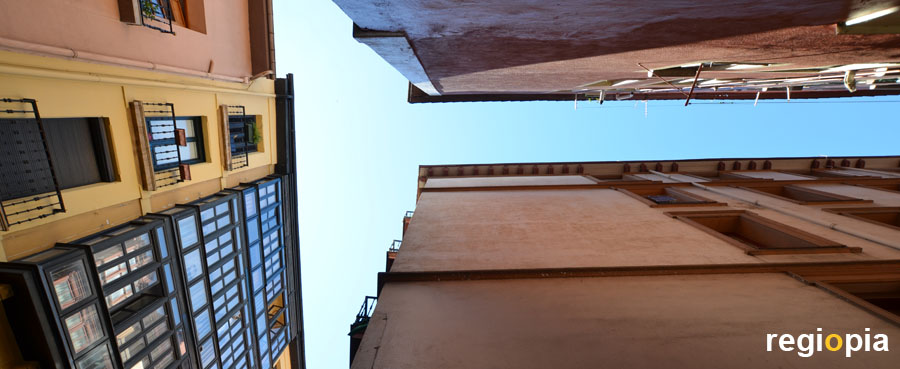
Old Town of Bilbao
The old town is the heart of Bilbao. In the narrow streets, life pulsates especialy in the evening. Young and old are standing in front of the bars and restaurants. The old town of Bilbao is quite small, it is situated in a bend of the river and measures hardly 500 x 500 m. Due to the dense buildings and the winding streets, the historic centre seems much larger and more mysterious. In the old town there are also many interesting shops offering local specialties.
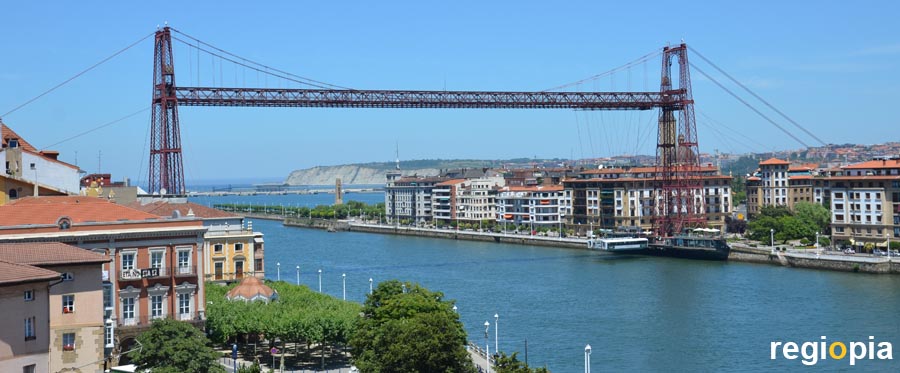
Puente de Vizcaya
At the mouth of the Ria del Nervion de O Bilbao there is an extraordinary bridge. The Puente de Vizcaya was declared a UNESCO World Heritage Site in 2006. The Puente de Vizcaya was built in 1893 and connects the neighborhoods Portugalete and Getxo. The special feature of the bridge is its function, this is a transporter bridge. Between the two 45-meter-high towers on both shores there is a 160-meter-long half-timbered structure with a ferry hanging between the two sides of the river without touching the water. The bark transports cars and pedestrians. If you want, you can go up in the towers with the elevators and cross the bridge on the steel structure on foot. However, this is much more expensive than the ferry crossing. The Puente de Vizcaya was designed by Alberto Palacio, a pupil of Gustave Eiffel.
Tourist Map Bilbao
ads
Travel Guide Bilbao
Welcome to Bilbao
Bilbao is the largest city in the Basque Country, a region in northeastern Spain. Around 900,000 people live in the greater Bilbao area, while Bilbao itself has around 350,000 inhabitants.
ads
ads


